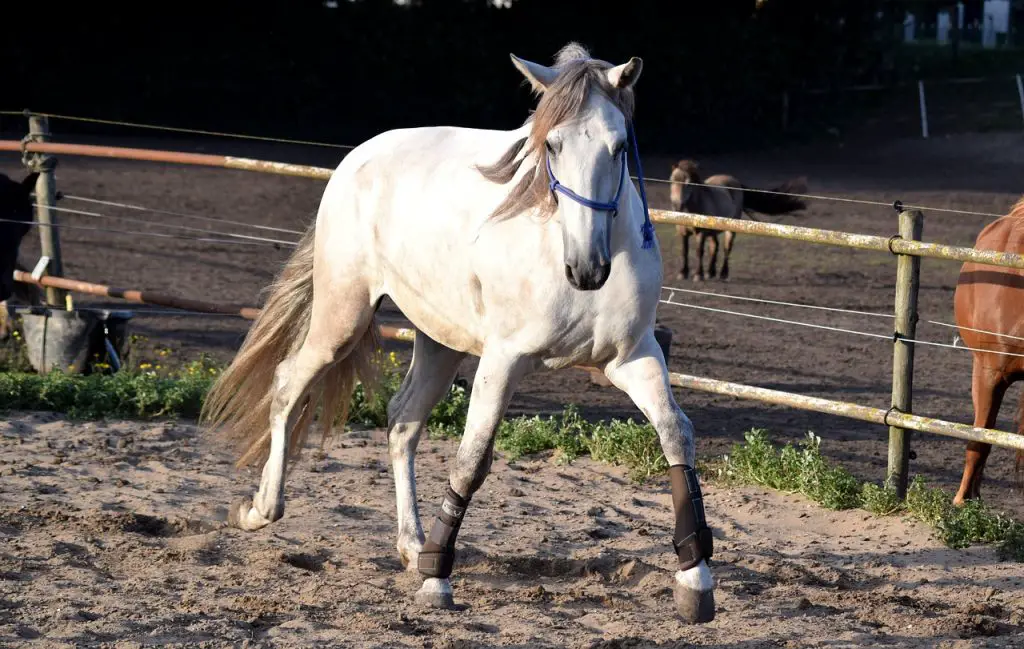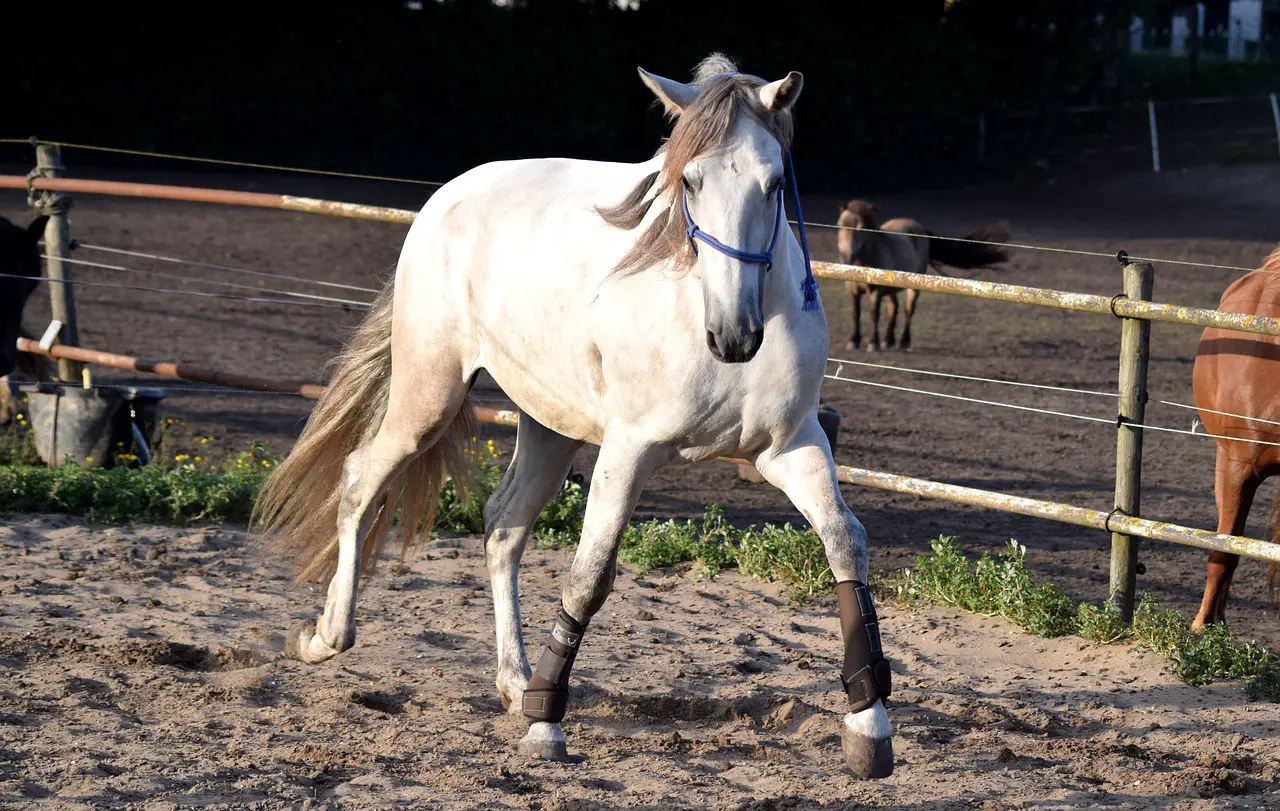Last Updated on February 22, 2022 by Allison Price
Six magic words have been the mantra of trainers and riders for over 100 years. What do you know about the Scales of Training, though?
The Scales of Training are something you’ve likely heard of, but do know what they are? Do you know how and why they should be used?
No matter if you are looking to make your horse a Valegro or just want to train your horse better, the foundations will work no matter what level of riding you are at.
Each of the six elements in the training scale is dependent on the other. Each stage should be completed before you can move on to the next. However, they should not be considered a checklist to follow. It is important to revisit the lower rungs throughout horse training.
Visualize a pyramid with rhythm at its base and layers built on top.

How do scales work?
You can further subdivide the Scales of Training into three categories.
- The ‘familiarization phase’ is when your horse learns how to properly carry a rider and uses his core and relaxes to find an elastic connection.
- The second phase includes both impulsion, which is the contained power of a horse, and straightness. Crooked horses will have a harder time developing impulsion and staying balanced. You must teach your horse to use his hindquarters properly.
- As your horse develops his hindlegs’ carrying power, the third phase is built upon the first: collection.
As he improves his training and hones the muscles, he will be able to carry more weight on his hindquarters. This will allow him to lift more weight off his forehand. This will allow him to ride more efficiently and faster.
Different stages have different levels of collection. Grand prix collection, for example, is at such an elevated level that the horse can either trot on the spot with piaffe or turn on the spot with canter pirouette.
Pony Club and novice test movements can start to develop collection. However, collection is not an essential skill. These are when the horse stops or goes from a longer stride to a trot.
He should stop or reduce his steps and step under his body with his hindlegs. Then, transfer some of his weight onto his hindquarters. This is the beginning of collection.



